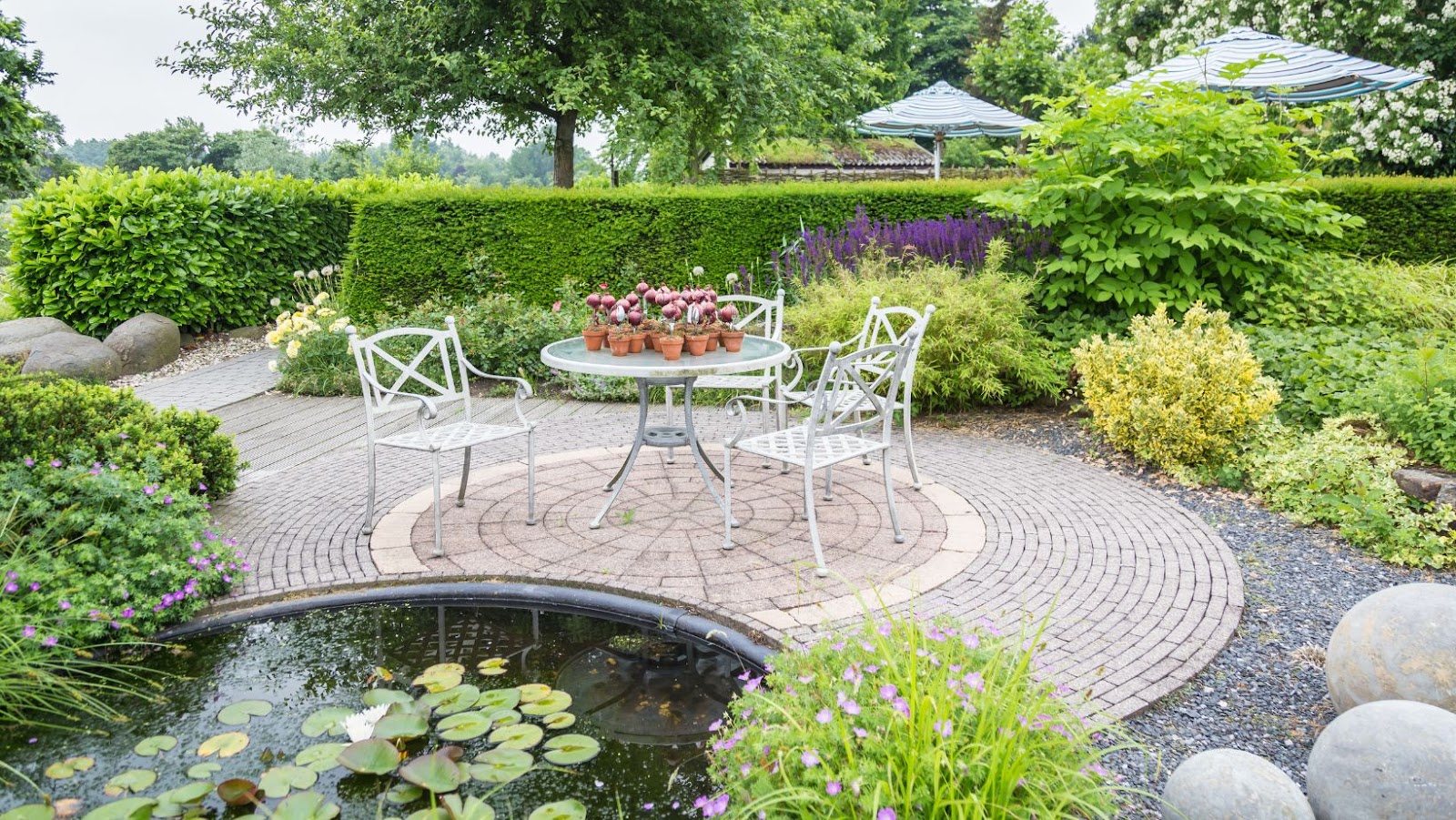Ultimate Guide: How to Build a Backyard Pond for Beauty & Balance
How To Build A Backyard Pond
Creating a backyard pond can transform your outdoor space into an enchanting oasis. This section delves into the essential steps, ensuring your pond-building project is both successful and enjoyable.
Assessing Your Space
Before diving into the pond construction process, it’s crucial to assess your available space. Start by measuring your backyard to determine how much room you have for the pond. It’s not just about the length and width; consider the depth you desire as well. Keep in mind, the size of your pond will influence not only the aesthetic appeal but also the type of wildlife it can support.
Think about the existing landscape and how a pond could enhance or detract from it. Large trees nearby, for example, could increase debris in your pond, requiring more maintenance. On the other hand, too much sunlight could promote algae growth. Finding a balance is key.
Setting a Budget
Before any ground is broken, establishing a clear budget is vital. Here are some potential costs associated with building a backyard pond:
| Expense Category | Range |
| Pre-made kits | $50 – $500 |
| Liners | $100 – $1000 |
| Pumps and Filters | $150 – $400 |
| Decorative elements | $100 – $500 |
 Choosing the Right Location
Choosing the Right Location
Selecting the perfect spot for your backyard pond is about more than just aesthetics. Here are some factors to consider:
- Sunlight: Your pond should receive 5-6 hours of sunlight daily. This is particularly important if you plan to have plants or fish, as both require sunlight to thrive.
- Proximity to Trees: While some shade is beneficial, too close a proximity to trees could mean more maintenance due to falling leaves and debris.
- Ground Level: Ideally, your pond should be placed on level ground. This not only makes the building process easier but also helps with water distribution.
Designing Your Pond
When diving into how to build a backyard pond, the design phase plays a crucial role in ensuring that the end product
is both aesthetically pleasing and functional. This involves more than just deciding where the pond will go; it
requires careful consideration of the pond’s shape and size, which are foundational to its success.
Selecting the Pond Shape
The shape of a pond can drastically affect its overall look and feel in your backyard. While traditional ponds are
often round or oval, modern designs can include more geometric shapes like rectangles and squares, or even more
freeform, natural-looking designs that mimic the randomness of nature.
- Round or Oval Ponds: Ideal for classical garden aesthetics, promoting a sense of harmony and balance.
- Geometric Shapes: Best suited for contemporary landscapes, adding a touch of modernity and structure.
- Freeform Shapes: Perfect for creating a natural and relaxed atmosphere, often easier to blend with the surrounding landscape.
Consider the existing layout of your garden and choose a shape that complements its overall design. The proximity to other landscape features, like trees and flower beds, should also influence the pond’s shape, ensuring it integrates seamlessly into your backyard.
 Determining Pond Size
Determining Pond Size
The size of your pond is not only a matter of personal preference on how to build a backyard pond but also depends on the available space and the types of flora and fauna you plan to include. Larger ponds can support more aquatic life and offer more flexibility in terms of design features like waterfalls or islands, but they also require more maintenance and a bigger budget.
To determine the ideal pond size for your space, consider the following:
- Available Space: Measure the area to ensure there’s enough room for construction and maintenance activities around the pond.
- Purpose: Whether it’s for fish, plants, or simply the sound of water, the intended purpose will heavily influence the size.
- Budget: Larger ponds are more expensive initially and have higher ongoing costs.
It’s vital to strike a balance between your desires and the practical aspects of pond maintenance and budgeting. Here are some common sizes:
| Pond Type | Size (approx.) |
| Small | Under 1000 gallons |
| Medium | 1000 to 5000 gallons |
| Large | Over 5000 gallons |
Choosing the right size and shape for your pond isn’t just about aesthetics; it’s about creating a sustainable ecosystem that blends with your backyard and your lifestyle.